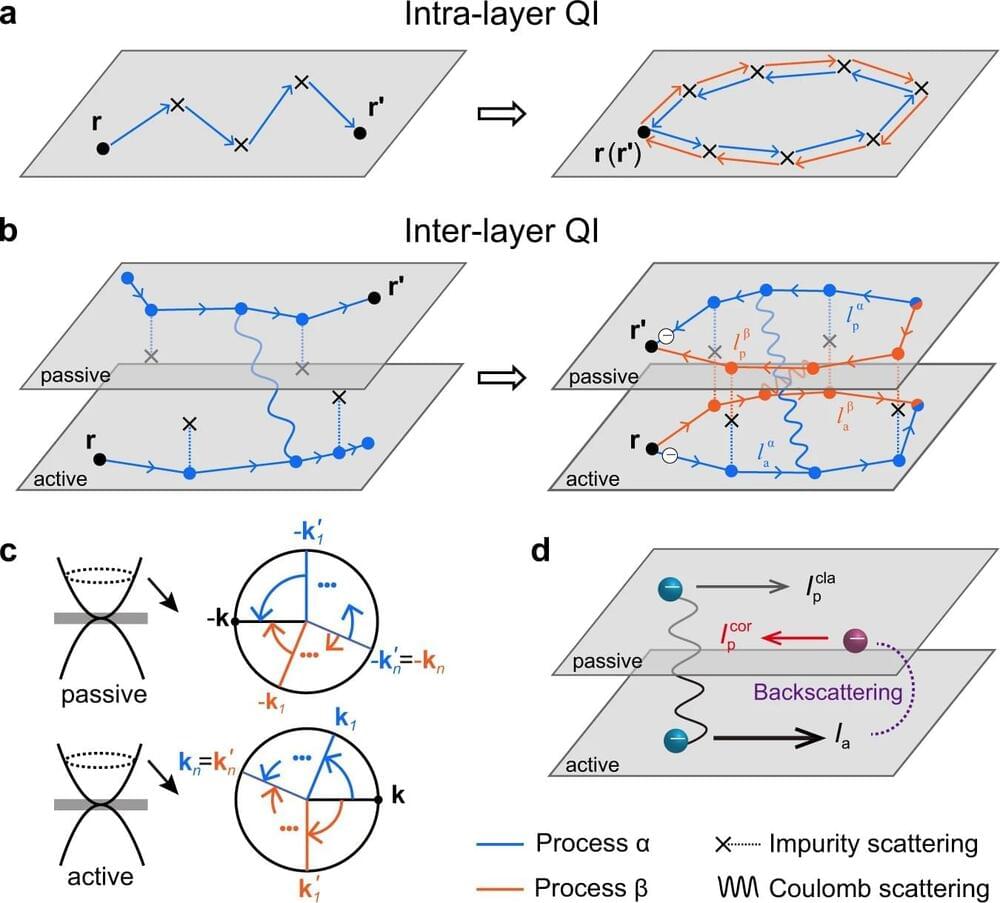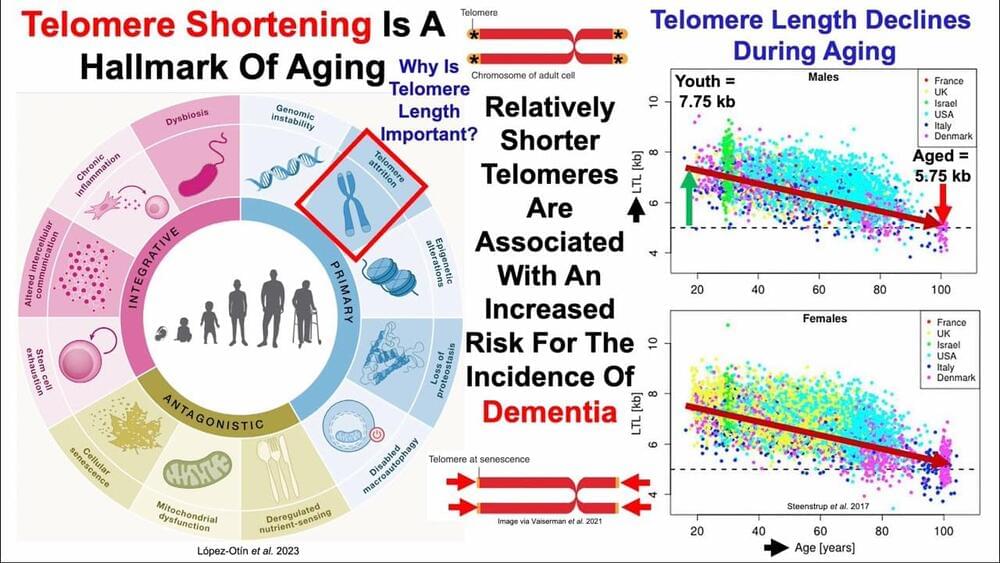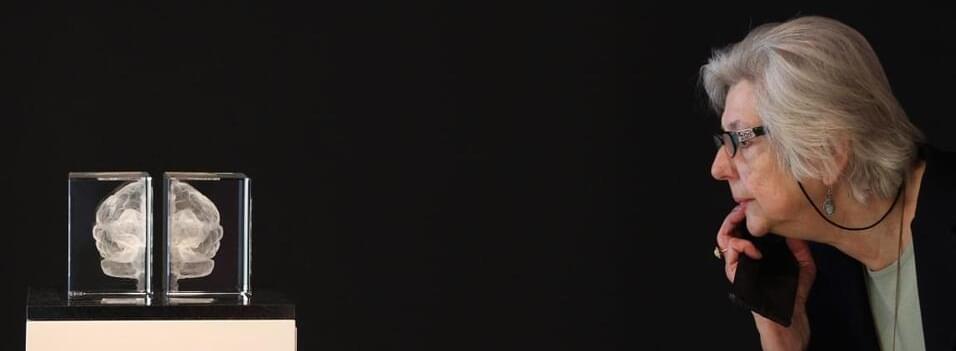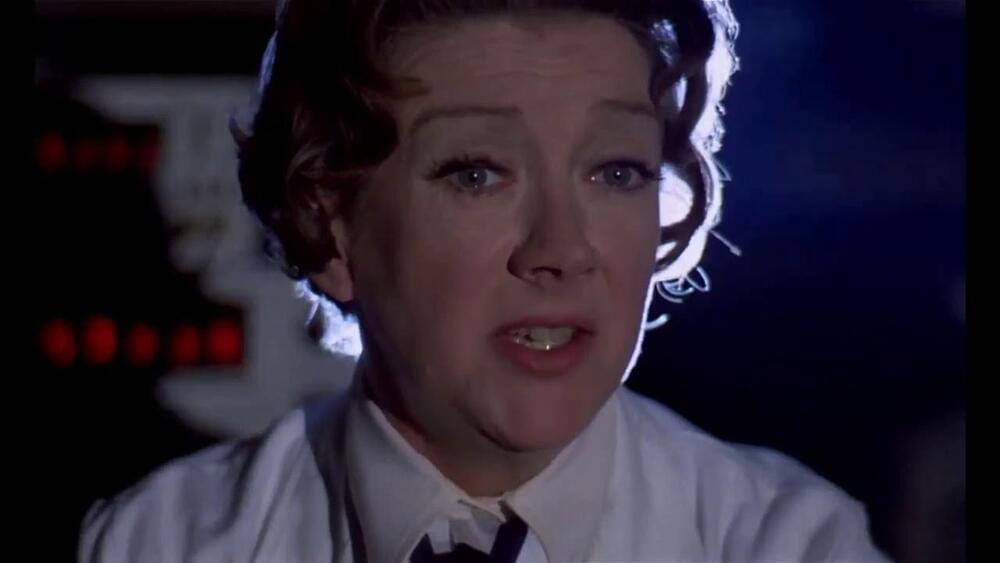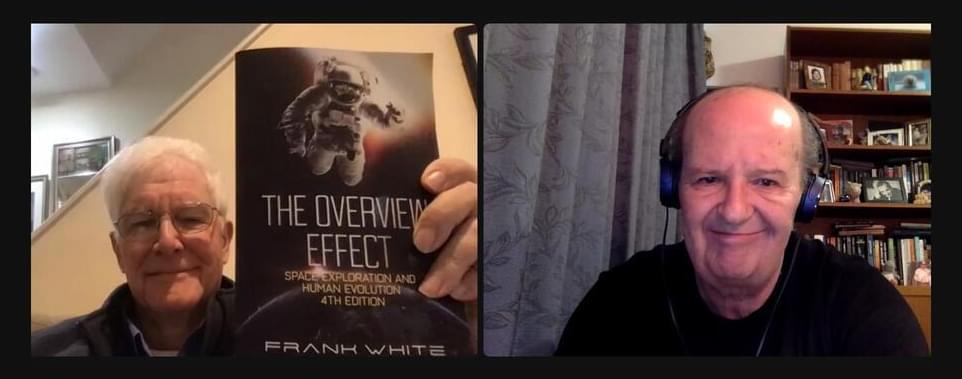After lightning struck a tree in New Port Richey, Florida, a team of scientists from the University of South Florida (USF) discovered that this strike led to the formation of a new phosphorous material in a rock. This is the first time such a material has been found in solid form on Earth and could represent a member of a new mineral group.
“We have never seen this material occur naturally on Earth – minerals similar to it can be found in meteorites and space, but we’ve never seen this exact material anywhere,” said study lead author Matthew Pasek, a geoscientist at USF.
According to the researchers, high-energy events such as lightning can sometimes cause unique chemical reactions which, in this particular case, have led to the formation of a new material that seems to be transitional between space minerals and minerals found on Earth.


